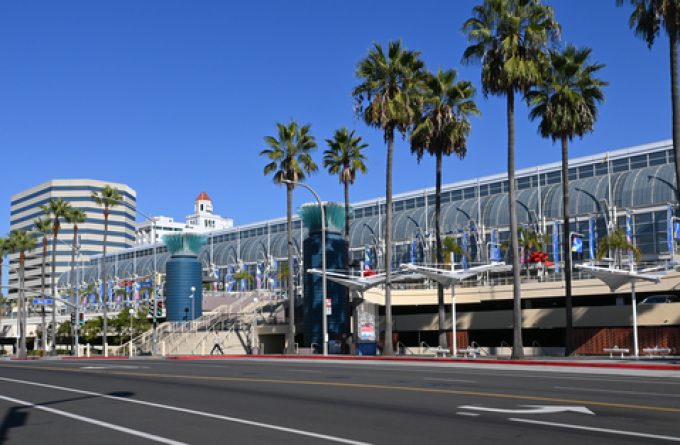'Another painful headache for shippers' as Asia-N Europe rate rally ends
It seems the recent container freight spot rate rally on the Asia-North Europe trade might ...

Some 4,000 container shipping industry attendees are assembling at the Long Beach Convention Center in California for the biggest ever S&P Global TPM24 conference and networking event.
There is a buzz at the Hyatt Regency reception and TPM registration desks as industry partners from North America ...

Comment on this article